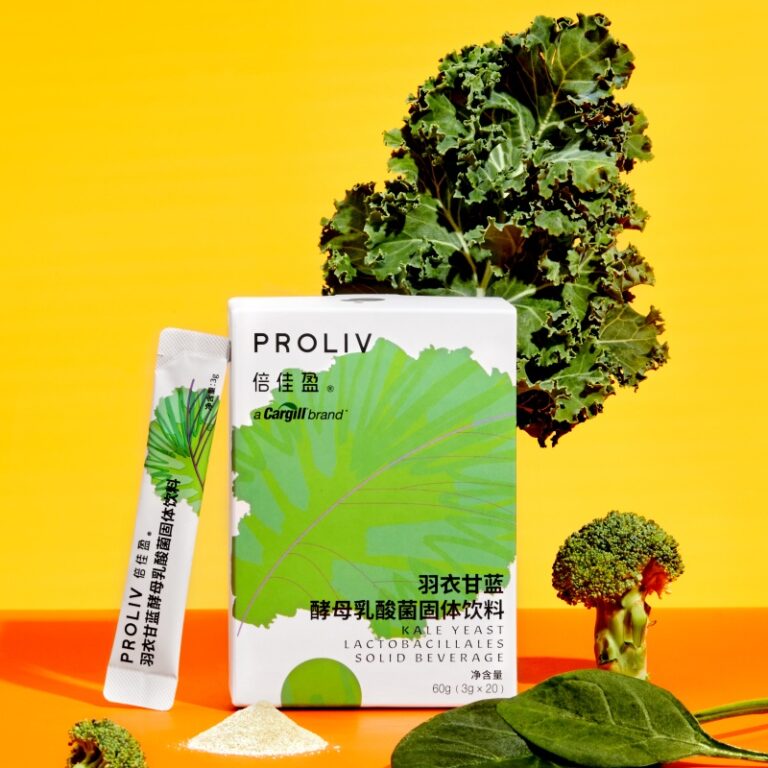The term “punk nutrition” was coined in China, describing a lifestyle in which consumers work hard for 10 or more hours a day and attempt to compensate for this with high-quality diet and supplements.
“These consumers still want to live longer and better, even if they have no choice but to turn to punk nutrition to support their stressful work lifestyle, meaning they are more willing than before paying for products that can help them achieve this.” Ling Li, head of global growth at Cargill EpiCor, said FoodNavigator-Asia during the recent Fi Asia 2023 exhibition in Bangkok.
“We estimate that this desire amounts to about $20 to $30 per month, and we have found that the average age group purchasing these healthier products has declined over the years and is now between 25 and 35 .
“This health and wellness demand is not limited to dietary supplements, but also nutritionally fortified foods with desired functionalities, such as cookies containing prebiotics or probiotics, or beverages which are always a choice popular during summer seasons.”
It is also increasingly important to attract consumers regarding the specificities and added value that can be found in these products, especially as more and more brands are interested in them and creating products for this market.
“Competition in the functional and fortified food market has become increasingly fierce over the years, and consumers all want something different and that stands out. »» she added.
“In China, kale is a well-known superfood and considered a very healthy product, but everyone already knows: the only way for products like this to really stand out would be to add value and of functionality.
“So for us, as an example, we created a new kale drink that contains postbiotics, which is an increased value proposition because of the enhanced immunity benefits, which helps justify a higher price.”
That said, this demand for healthier products is not just limited to China – Li pointed out that the COVID-19 pandemic has led consumers across the region to express higher demand for such products.
“Like Chinese consumers, we see that many consumers in APAC are now willing to spend more money to be healthy. »she says.
“This is especially true among older people – whereas previously their mentality was to save money as much as possible and the only concept of ‘healthier eating’ available was things like plain congee, they now know that there are options that can help them live longer and better, and are increasingly aware of the need for protein-rich foods to stay strong.
Healthy aging is a major topic in large elderly populations such as Japan and South Korea, and many products are already being developed to target these consumers.
Regulatory challenges
That said, many of these healthier products still tend to face obstacles in the form of government regulations if they wish to include effective formulations containing ingredients such as postbiotics, or make certain health claims on their products. .
“There is currently a large gap between consumer needs and government regulations. »» said Li.
“There are many clinical studies on many products, but these can be controlled and governed in different ways, so the processes remain quite complex.
“Consumers need to know the information behind any product they choose to consume in order to ensure its safety – and often look to (authorities to ensure safety), so that when this is late and As approvals are slow, benefits are also slow to be reaped. »
